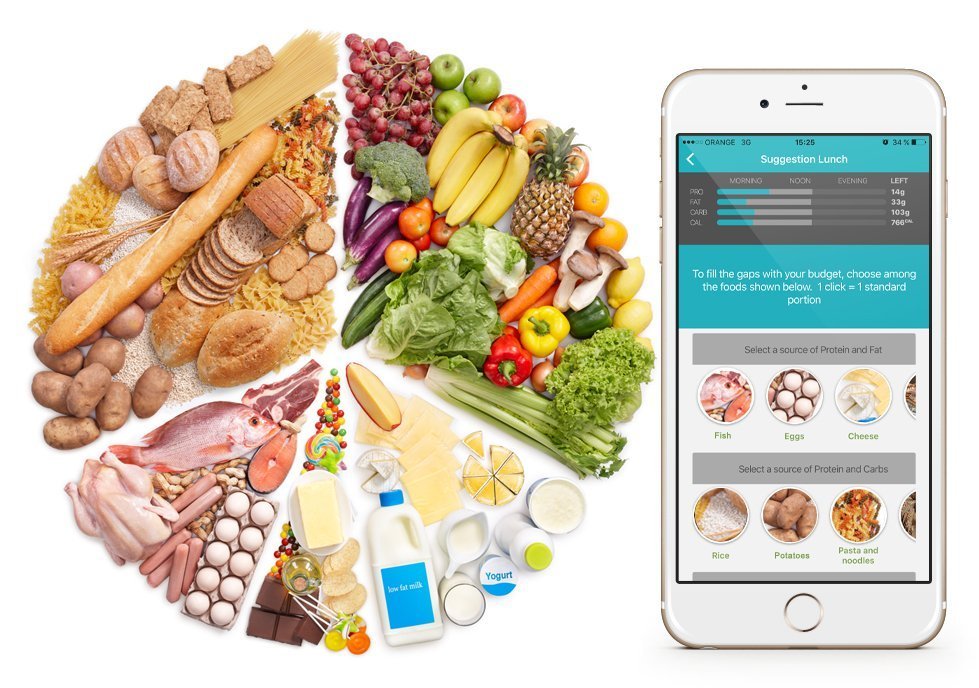DietSensor’s New Premium Plan Offers Smart Food Suggestions

It is no easy task to navigate the endless directions and advice from thousands of food experts. Nor is it easy to stick to an daily nutrition recommendation. Did I eat the recommended 15% of the daily intake of proteins? What about 50% of carbohydrates? At DietSensor, eating healthy is what we do. The new […]
When it comes to losing weight, can you outrun a bad diet?
Eat like our grandparents … and cut out bread for optimal weight loss, says Pat Divilly
Dieting, exercise or combination of both equally effective in improving cardiovascular health
Which works better to improve the cardiovascular health of those who are overweight – dieting, exercise or a combination of both? A Saint Louis University study finds it doesn’t matter which strategy you choose – it’s the resulting weight loss that is the protective secret sauce.
Added fructose is ‘a principal driver of type 2 diabetes’
In Mayo Clinic Proceedings, experts urge drastic reductions in the consumption of added sugar.
The World Is Getting Fatter and No One Knows How to Stop It

Humanity is putting on weight. Across the globe, in wealthy countries and developing nations, among children and adults, an increasing number of people are overweight or obese. Today, nearly 40 percent of the world’s adults fall into one of those categories, according to new estimates by a global network of researchers called the NCD Risk Factor Collaboration.
How safe is fructose for persons with or without diabetes?

In this issue of the journal, Livesey and Taylor (1) present a meta-analysis of clinical trials evaluating the effects of fructose intake. They concluded that fructose is safe at doses of <90 g/d and that it may have the added benefit of lowering concentrations of glycated hemoglobin (HbA1c). This meta-analysis is difficult to interpret, because it involves randomized and nonrandomized studies of differing designs, mixed populations (diabetic and non diabetic lean and obese), different control diets (including some sucrose-based diets that contained fructose), different study durations, and limited endpoints; it also represents an analysis by an industry-sponsored group of a highly selected list of studies
Fructose overload linked with 20% diabetes prevalence – Infographic

A sea of research now suggests that fructose, especially high fructose corn syrup (HFCS), is taking a devastating toll on your health. It is a MAJOR factor in the increasing rates of obesity and chronic diseases all over the world.
But if fructose is wreaking havoc on everyone’s health, then why is it still found in a wide array of food products today?
Appalling Facts About Fructose:
Fructose is a sweetener usually derived from corn, and is now the single largest calorie source of Americans. Fifty-five percent of sweeteners used by food and beverage manufacturers today are made from HFCS, because it’s cheaper and 20 percent sweeter than regular table sugar (sucrose). In fact, the number one source of calories in the United States today is soda, which is sweetened with large HFCS amounts.
It is unsurprising that an average American now consumes roughly 47 pounds of cane sugar and 35 pounds of high-fructose corn syrup every year.
Just take a look at the wide array of health conditions that fructose is linked to:
-Insulin resistance and obesity
-Elevated blood pressure
-Elevated triglycerides and LDL (bad) cholesterol
-Depletion of vitamins and minerals
-Cardiovascular disease, liver disease, cancer, arthritis, and gout
And here’s the sad truth: not everyone is aware that fructose lurks in most processed foods and fast foods, even in those that have been touted “sugar-free” or “low-calorie”!



